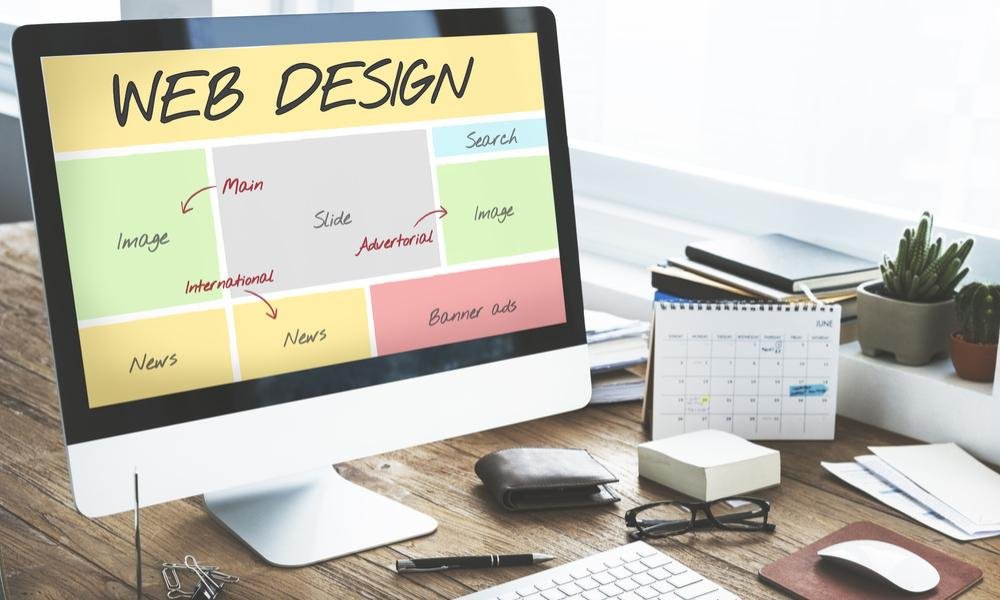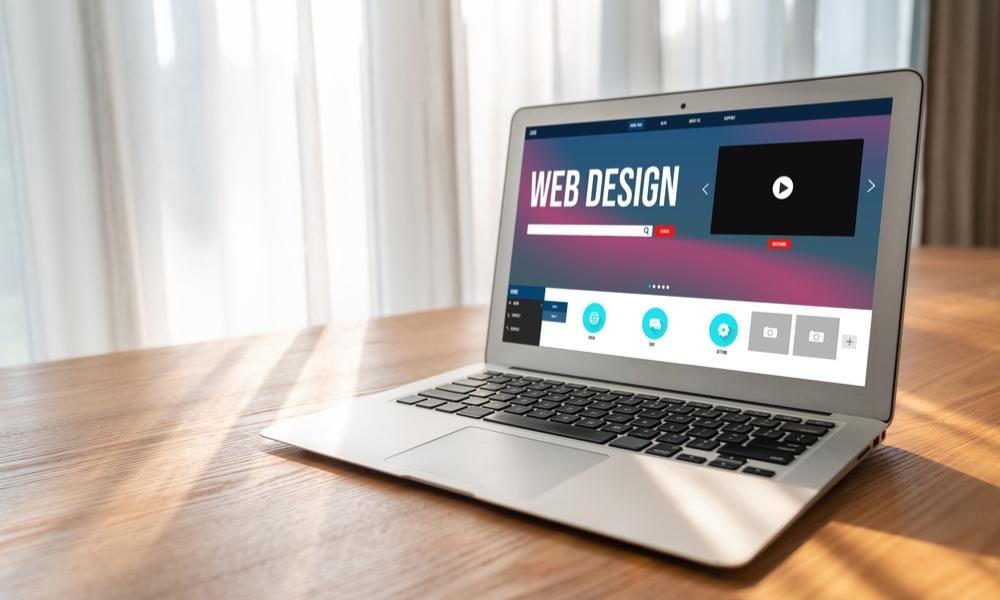Picking the right Layout for your pages can feel a bit like rearranging furniture—exciting but overwhelming. The way your pages are designed can have a huge impact on how users interact with your site and whether they stick around or bounce away. From first impressions to long-term usability, the right structure is the foundation of a successful online presence.
In this guide, I’ll cover the essentials:
- How to align your design with your goals and audience.
- Principles of good page organization.
- Popular structures and how to choose the best fit.
- Tips for fine-tuning your pages for maximum impact.
Let’s dive in and create something that works beautifully for your visitors.
Define the Purpose of Your Site
Every page you create should serve a specific goal. Think about what your site is meant to achieve. For example:
- An online shop needs a clean layout with a clear path to checkout.
- A portfolio benefits from a minimalist approach that lets your work shine.
- A blog should prioritize readability and encourage readers to explore multiple posts.
When you’re clear on what you want to accomplish, it becomes easier to plan the structure that supports those goals. This focus also ensures visitors quickly find what they’re looking for.
Understand Your Audience

Your visitors will largely dictate how your site should look and function. Ask yourself:
- Who’s visiting? Are they young professionals, casual browsers, or older users?
- What’s their intent? Are they here to shop, learn, or connect with you?
For example:
- Younger users may enjoy bold, interactive designs with plenty of visuals.
- Professional audiences often prefer clean, no-nonsense designs that make it easy to find information.
- Older visitors appreciate larger fonts, straightforward navigation, and clutter-free pages.
By catering to your audience’s needs, you’ll create a site that feels intuitive and welcoming.
Nail the Basics of Effective Page Design
Use a Grid
A structured grid system ensures everything looks neat and well-organized. It’s the foundation of good design and helps avoid clutter while keeping the experience consistent for users.
Embrace Whitespace
Whitespace (also called negative space) makes your design feel clean and easy on the eyes. Too much can make your pages feel sparse, while too little can feel overwhelming. Balance is key.
Prioritize Content
Decide what’s most important and build your pages around that. A standout headline or a strong call-to-action (CTA) should grab attention first, followed by supporting elements like text, images, or navigation links.
Explore Popular Page Structures
Different goals call for different setups. Here are a few tried-and-true options and where they shine:
Hero Section
This format features a fullscreen image or video with an eye-catching headline and a single CTA. It’s perfect for making an instant impression.
Card Design

This structure uses “cards” to display products, articles, or projects in a way that’s easy to scan. It’s ideal for online stores or blogs with lots of content.
F-Pattern
This format aligns with how most people read—starting at the top left and scanning downward in an “F” shape. It’s a natural choice for text-heavy pages like blogs or news sites.
Split Screen
Divide your page into two sections to showcase two pieces of information simultaneously. For example, one side might have an image, while the other has text.
For more inspiration on what works best for various needs, check out Essential Features Every Business Website Must Have to ensure your pages include all the right elements.
Test and Tweak for Better Results
Even the most polished design can be improved. Testing is where the magic happens. Here’s how:
- A/B Testing: Try out different designs and see which performs better.
- Collect Feedback: Ask your users what they think. Honest opinions can reveal blind spots.
- Monitor Analytics: Use tools like Google Analytics to track visitor behavior. If they’re leaving too soon, it might be a sign something’s off.
Common Pitfalls to Avoid
Design mistakes can ruin even the best intentions. Watch out for:
- Overcrowding Your Pages: Too much information overwhelms visitors. Keep things clean and focused.
- Ignoring Mobile Visitors: Over half of users browse on their phones. Make sure your pages look great on all devices.
- Weak CTAs: Your call-to-action should be impossible to miss. Guide users toward the next step.
Choosing the right
structure isn’t just about aesthetics—it’s about creating an experience that helps your audience navigate with ease and accomplish their goals. By defining your purpose, keeping your audience in mind, and applying design best practices, you can build pages that work as hard as you do.
And remember, a great site isn’t static. Test it, gather feedback, and tweak it until it’s just right. For a deeper dive into avoiding missteps, check out Top 07 Website Design Mistakes to Avoid for Small Businesses.
Your perfect design is closer than you think. Start building—and don’t forget to take a step back and admire your work. After all, it’s your creation.



